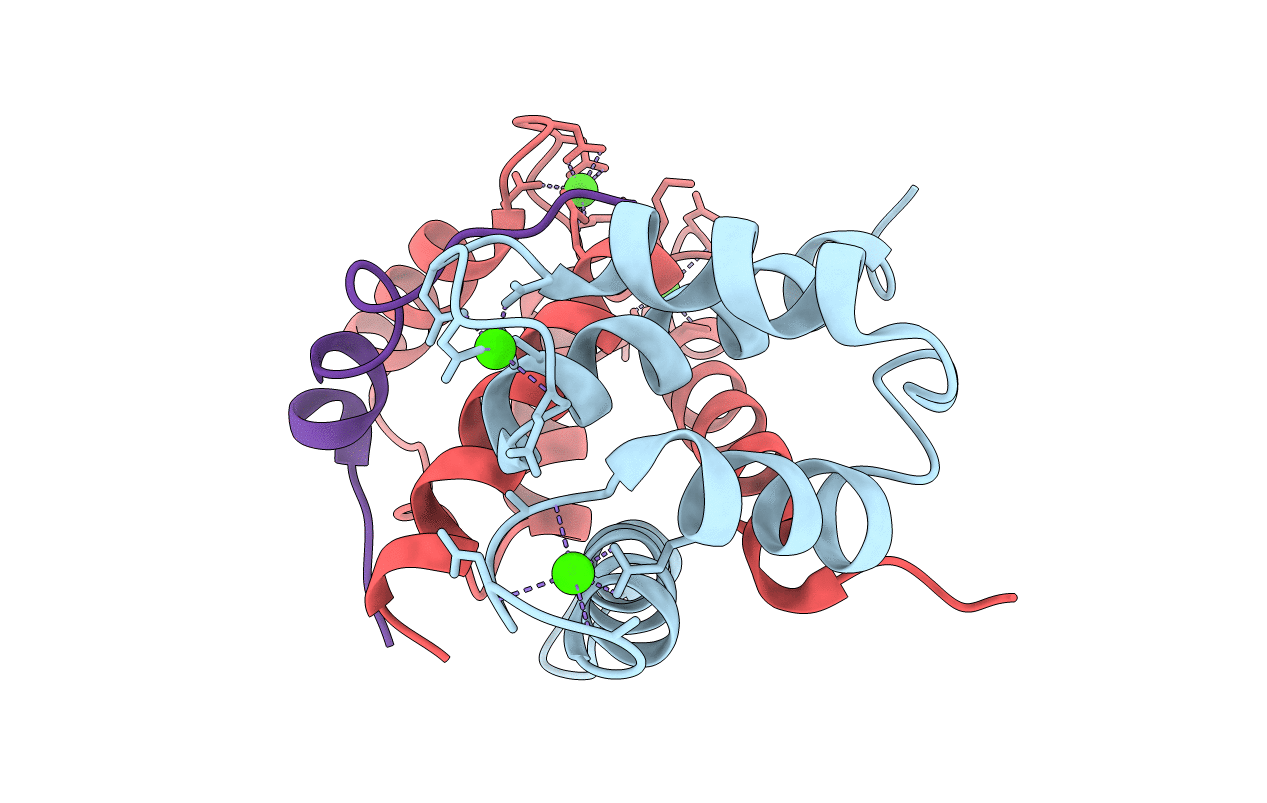
Deposition Date
2015-07-23
Release Date
2015-11-11
Last Version Date
2024-01-10
Method Details:
Experimental Method:
Resolution:
2.95 Å
R-Value Free:
0.27
R-Value Work:
0.25
R-Value Observed:
0.25
Space Group:
P 21 21 21


